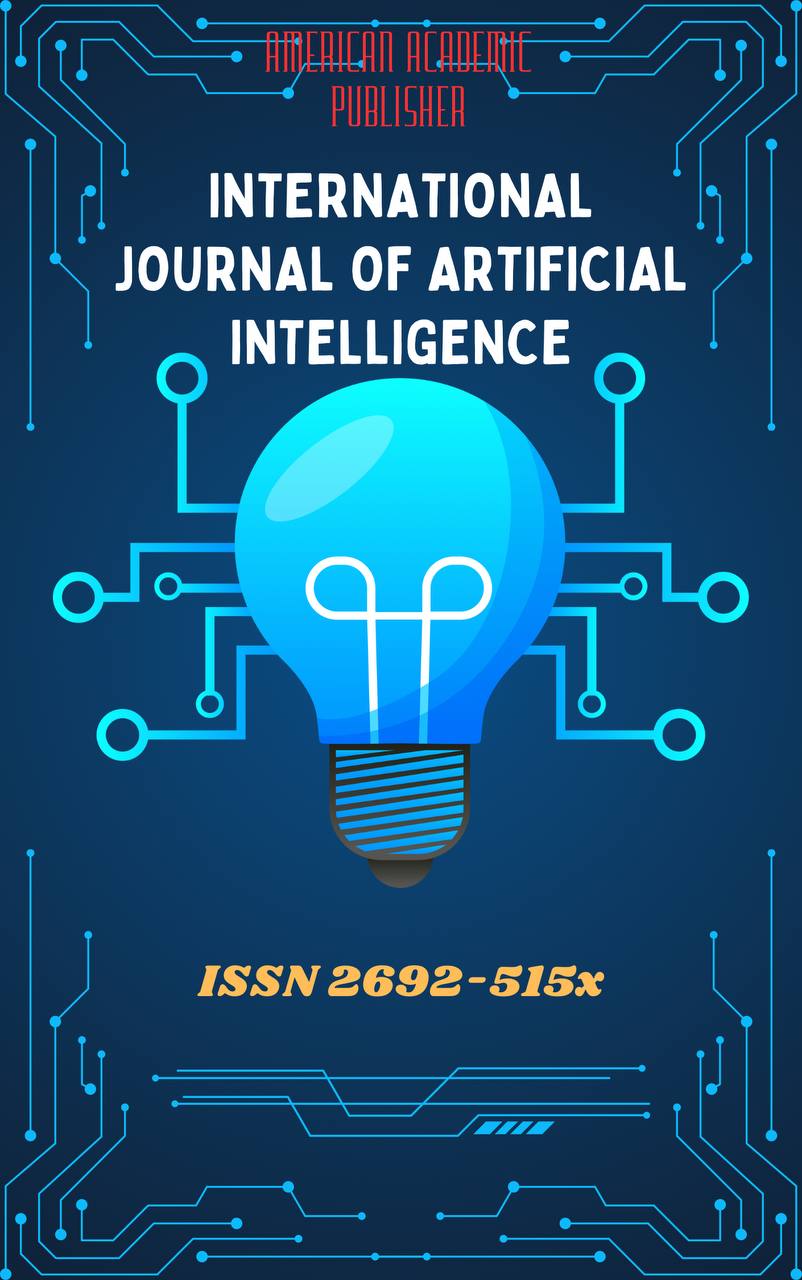 Articles
| Open Access |
Articles
| Open Access | "FROM INFORMATION TO CONSCIOUSNESS: THE HISTORY OF MEDIA, HUMANITY'S SELF-UNDERSTANDING IN THE INTERPRETATION OF JOHN NERON, AND THE PHILOSOPHICAL PANORAMA OF TODAY'S MEDIA WORLD"
Djurayeva Nurxon Kabilovna , Senior specialist at the department of scientific research and innovations, Navoiy state universityAbstract
This article examines journalism in both historical and theoretical dimensions through the lens of contemporary philosophy. It discusses the development of Western and US press, its historical stages, and the philosophical as well as social foundations of the concept of "norm." The study also explores the rise of the internet and social networks, the impact of artificial intelligence on the information space, ethical and normative challenges, and the role of journalism in today's media environment. The analysis is situated at the intersection of journalism theory, philosophy of communication, and information technology.
The findings suggest that the concepts of media space and information are deeply intertwined with human cognition and technological progress, which necessitates continuous philosophical reflection. Media space is interpreted as a dynamic and multi-layered phenomenon, evolving simultaneously in philosophical and technological dimensions. From a phenomenological and synergetic perspective, it mirrors the interactions between society and technology, offering insights not only into information and communication technologies but also into broader social and cultural processes.
The article also draws upon the ideas of John Nerone, whose research on the history of American journalism highlights its role in shaping democratic institutions, thereby enriching the philosophical and historical analysis of media as a phenomenon.
Keywords
media space, information flow, history of journalism, mass communication, internet, social networks, artificial intelligence, philosophy, norm.
References
John Nerone, Violence Against the Press (Oxford, 1994)
Nerone, J. (2013). The Media and Public Life: A History . Cambridge: Polity Press.
Nerone, J. (ed.). (1995). Last Rights: Revisiting Four Theories of the Press . Urbana : University of Illinois Press.
McQuail, D. (2010). McQuail's Mass Communication Theory . London: SAGE Publications .
Habermas, J. (1989). The Structural Transformation of the Public Sphere . Cambridge: MIT Press.
Castells, M. (2009). Communication Power . Oxford: Oxford University Press.
Toffler, A. (1980). The Third Wave . New York: Bantam Books .
Nazarov, M. M. (2004). Massovaya communication and society . Moscow: Aspect Press.
Hojiakbarov , A. (2021). Theory of Journalism and practice Tashkent : UzMU publishing house .
Karimov, B. (2019). " Modern media space and information currents analysis ." Uzbekistan journalism scientific magazine , No. 2, pp. 45–52.
Jenkins, H. (2006). Convergence Culture: Where Old and New Media Collide . New York: NYU Press.
Boyd, D. (2014). It's Complicated: The Social Lives of Networked Teens . New Haven : Yale University Press.
Floridi , L. (2014). The Fourth Revolution: How the Infosphere is Reshaping Human Reality . Oxford : Oxford University Press.
Article Statistics
Downloads
Copyright License

This work is licensed under a Creative Commons Attribution 4.0 International License.

